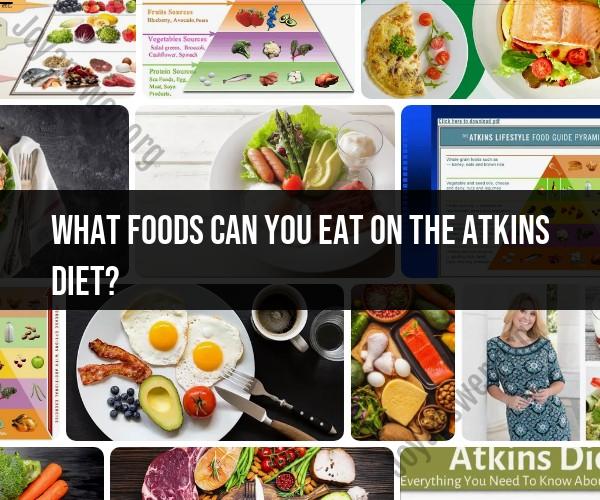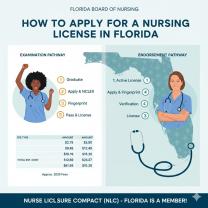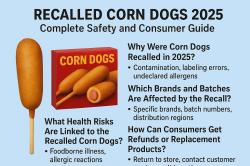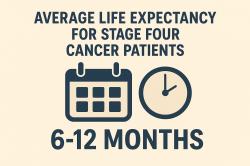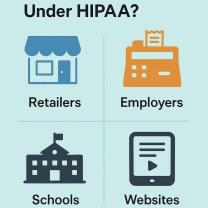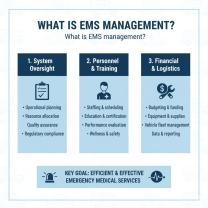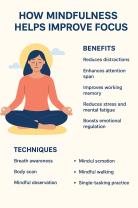What foods can you eat on the Atkins diet?
The Atkins Diet is a low-carbohydrate diet that focuses on consuming foods that are high in protein and fat while limiting carbohydrates. Here's a detailed guide on what you can eat during the different phases of the Atkins Diet:
Phase 1: Induction
In the Induction phase, you aim to jumpstart your weight loss by drastically reducing your carb intake. You are allowed to consume up to 20 grams of net carbs per day, primarily from vegetables.
Allowed Foods:
- Protein: All types of meat (beef, pork, lamb), poultry (chicken, turkey), fish (salmon, tuna, trout), shellfish (shrimp, crab, lobster), and eggs.
- Fats and Oils: Olive oil, coconut oil, avocado oil, butter, and mayonnaise.
- Low-Carb Vegetables: Spinach, kale, lettuce, arugula, broccoli, cauliflower, zucchini, asparagus, bell peppers, cucumbers, and mushrooms.
- Cheese: Cheddar, Gouda, mozzarella, cream cheese, and other low-carb cheeses (up to 3-4 ounces per day).
- Beverages: Water, coffee, tea, and diet sodas (in moderation).
Sample Meal Plan:
- Breakfast: Scrambled eggs with spinach and cheese.
- Lunch: Grilled chicken salad with olive oil and vinegar dressing.
- Dinner: Baked salmon with a side of broccoli and cauliflower.
- Snack: A handful of almonds or a piece of cheese.
Phase 2: Balancing
In this phase, you gradually reintroduce more carbs into your diet by adding nuts, seeds, and some berries. You continue this phase until you are about 10 pounds from your goal weight.
Allowed Foods (in addition to Phase 1):
- Nuts and Seeds: Almonds, walnuts, sunflower seeds, and flaxseeds.
- Berries: Strawberries, blueberries, raspberries, and blackberries (in moderation).
- Dairy: Full-fat yogurt and cottage cheese (check for added sugars).
- Additional Vegetables: Tomatoes, onions, and other slightly higher-carb vegetables.
Sample Meal Plan:
- Breakfast: Greek yogurt with a few berries and a sprinkle of flaxseeds.
- Lunch: Turkey lettuce wraps with avocado and a side salad.
- Dinner: Grilled shrimp with a mixed vegetable stir-fry.
- Snack: A small handful of mixed nuts.
Phase 3: Pre-Maintenance
As you approach your goal weight, you continue to increase your carb intake by 10 grams per week. This phase helps you find your carb tolerance level.
Allowed Foods (in addition to Phase 1 and 2):
- Fruits: Apples, cherries, and other lower-glycemic fruits (in moderation).
- Legumes: Lentils and chickpeas (in moderation).
- Whole Grains: Small portions of oatmeal, brown rice, and whole grain bread (in moderation).
Sample Meal Plan:
- Breakfast: Omelette with vegetables and a side of whole grain toast.
- Lunch: Quinoa salad with mixed greens, cherry tomatoes, and feta cheese.
- Dinner: Roast chicken with sweet potatoes and green beans.
- Snack: A small apple with a tablespoon of peanut butter.
Phase 4: Maintenance
In the Maintenance phase, you aim to maintain your weight by continuing to follow the principles you've learned, balancing your carb intake to suit your personal tolerance level.
Allowed Foods:
- All foods from previous phases: Continue to eat a balanced diet of proteins, fats, and carbohydrates that you can tolerate without gaining weight.
- Occasional Indulgences: You can have occasional higher-carb treats as long as they don't lead to weight gain.
Sample Meal Plan:
- Breakfast: Smoothie with spinach, berries, and almond milk.
- Lunch: Grilled salmon with quinoa and roasted vegetables.
- Dinner: Beef stir-fry with a variety of vegetables and a small serving of brown rice.
- Snack: Cottage cheese with a few slices of pear.
General Tips for the Atkins Diet
- Stay Hydrated: Drink plenty of water throughout the day.
- Monitor Carbs: Keep track of your daily net carb intake, especially during the early phases.
- Balanced Meals: Ensure each meal includes a balance of protein, healthy fats, and low-carb vegetables.
- Avoid Processed Foods: Stick to whole, unprocessed foods as much as possible.
By following this food guide and adjusting your carbohydrate intake through the different phases, you can effectively manage your weight and enjoy a variety of foods on the Atkins Diet.
What types of foods are permitted on the Atkins diet?
The Atkins diet prioritizes protein and fat sources while severely restricting carbohydrates. Here's a breakdown of the types of foods allowed on Atkins:
Permitted Foods:
- Protein sources: Meat, poultry, fish, seafood, and eggs are all freely consumed on Atkins.
- Healthy fats: Atkins encourages healthy fats from sources like nuts, seeds, avocados, and olive oil. These fats help you feel satiated and manage energy levels.
- Low-carb vegetables: Leafy greens like spinach and kale, and cruciferous vegetables like broccoli and cauliflower are allowed.
Foods to Limit:
- Sugary drinks: Sodas, fruit juices, and sugary coffee drinks are strictly limited due to their high carb content.
- Grains: All grains, including bread, pasta, cereals, and rice are restricted because they are high in carbs.
- Starchy vegetables: Potatoes, corn, peas, and other starchy vegetables are limited due to their higher carb content compared to leafy greens.
- Most fruits: Due to their natural sugar content, most fruits are restricted on Atkins. However, some berries like strawberries can be incorporated in moderation.
Here are some additional points to consider:
- The specific types and amounts of permitted foods can vary depending on the chosen Atkins plan (Atkins 20, Atkins 40, etc.). Atkins 20 is stricter on carb intake than Atkins 40.
- The Atkins diet encourages a gradual reintroduction of some fruits and vegetables as you progress through the plan.
- Consulting a doctor or registered dietitian before starting Atkins is recommended, especially if you have any underlying health conditions. They can help you determine if Atkins is suitable for you and personalize the plan for your needs.
